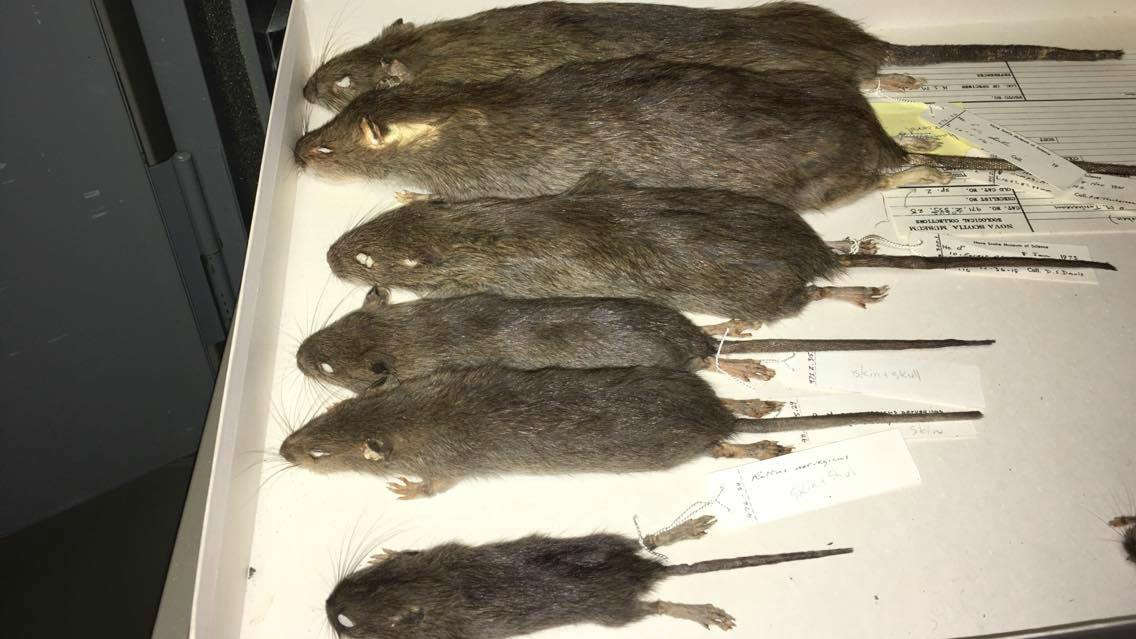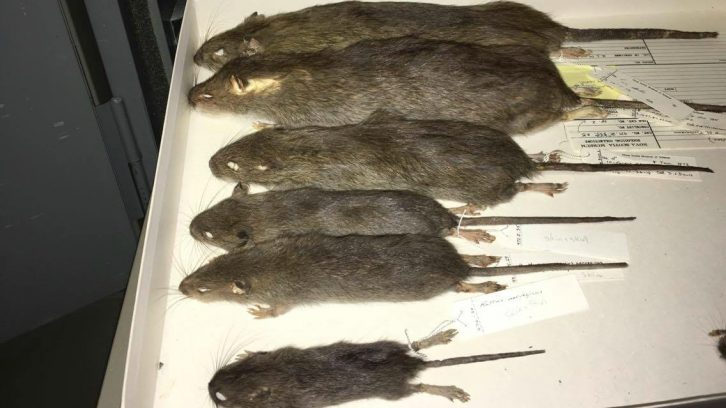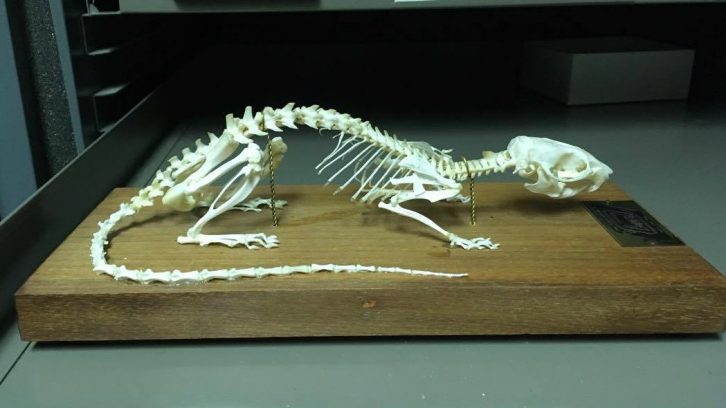Pest Control
Infertility drug could help manage city’s rat population
American pest control product could help as complaints about rats rise in the city

caption
Rat specimens between one and eight months old
caption
Rat specimens between one and eight months oldBeing in the pest control business brings Adam Steeves into the company of some frightful creatures.
Steeves was recently working in a home when one such beast ran “right up his leg.” The unwelcome guest was one of Halifax’s innumerable rats.
After 12 years in the industry, he knows that this time of year is especially demanding. Steeves says as temperatures drop, rats start looking at old Halifax homes as “a place to stay for the winter.”
Their abundance and wily nature forces Steeves to use several control methods ranging from traditional traps to the latest anti-coagulant poisons. The result is the swift and brutal death of a societal nuisance.
Steeves says he’s willing to try new methods, adding he’d “be up for using it” if it works.
Alternatives might be a good idea.
Traps bring a particularly inhumane and brutal end to those unfortunate enough to get caught.
Poisons are worse still in that they can be harmful, or even deadly to cats, dogs and birds who might prey upon a tainted rat.
These lethal approaches have always been the standard in pest control, but while reliable for killing, they do little to reduce overall populations.
In Arizona, Loretta Mayer of biotech company SenesTech, believes she has designed a better method of pest control. Mayer and her colleagues recently received EPA approval in the United States for their product ContraPest, a rodent fertility drug.
In a telephone interview from Flagstaff, Mayer explained it is a liquid and when consumed, “targets the testes and ovaries of males and females” rendering them infertile.
“You want to manage the ecosystem,” says Mayer.
She explains that along with traditional methods and better food management strategies, the product will allow city planners to “control their populations more evenly.”
Mayer says that “balance is the key.”
These sentiments are supported by Andrew Hebda, zoology curator at the Halifax Museum of Natural History. He says that an “integrated approach” is needed for managing rodent populations.
“Well, you can’t get rid of them all,” says Hebda. But the purpose of such a drug would be to “reduce their numbers to a manageable number.”
Finding this balance has been difficult in Halifax. Between the endless stream of rat-related news, traps in public and rats out in broad daylight it seems as though the city is teeming with them, and for good reason.
Tiffany Chase of the Halifax Regional Municipality explains “complaints are up.”
She says last year’s mild winter increased their numbers and with development happening throughout the city, rats are constantly being pushed “out into the open.”

caption
A skeleton of the Norway rat, the most common pest in Halifax.Next month, a new rodent control report that explores the rat problem and its possible solutions will come before Halifax regional council.
In keeping with his green agenda, Mayor Mike Savage might want to consider the different rat control options being put forward by SenesTech.
